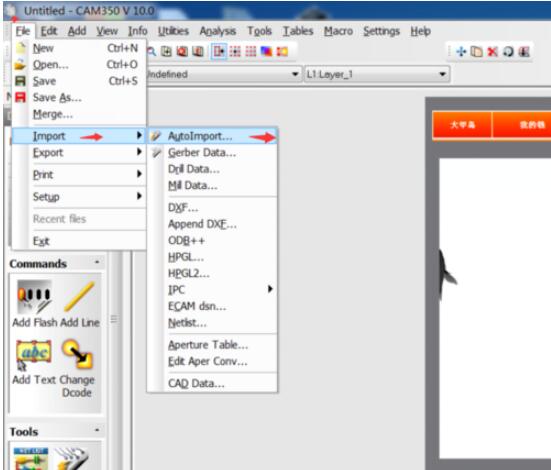

Here are the steps to order PCB from PCBGoGo: There are many PCB fabrication services are available online, but as I used PCBGoGo previously in one of my other projects, I found it cheap and hassle-free as compared to other vendors. Gerber file for Seven Segment Display board.Gerber file for Atmega16 based control unit.Here we are attached Gerber file for both the boards: To multiplex 7-segment displays, Data line of the 5 PCBs will be connected to the same port of control unit and control line is connected different pin of the control unit.īelow are the top and bottom views of PCB layouts of one Display board which consists two seven segment displays:īelow are the top and bottom views of Control Unit PCBs So by assembling 5 pieces we have the complete Digital Clock. Display part contains five pairs of 0.8 inches seven segment display. One is for Control unit which is used to control all the operations of the project and second part is for displaying the time and date on seven segment displays. PCB Design and fabrication for the Digital Clockįor this Atmega16 based wall clock project, we have designed two PCBs. So here we have five different display boards to display Time in Hours and minute (HH-MM), and date in DD-MM-YY. All the connections are shown in the circuit diagram below:įor one display board, two seven segment displays and 2 LED are used. A 5v voltage regulator is used to convert input voltage to 5v. Now we have some push buttons for setting time at PORT A, complete process is explained in the video given at the end. Whenever power comes back again time will start displaying on seven segment display.

A 3v coin cell is used to power the RTC chip to keep track of time even when the main power supply is off. Two 10k pull-up resistors are connected on SDA and SCL line. Same code can be used for both DS3231 and DS1307. We have used DS1307 with Arduino, Raspberry Pi and 8051 MCU. Interfacing method of this chip is the same as DS1307.

RTC DS3231 having an internal crystal is connected to PORTC’s SDA and SCL pin because this chip works on I2C communication. Here we have used 10 seven segment displays so we need 10 control pins which are connected at PORTD, PORTA and PORTC. LED pins a,b,c,d,e,f,g,h of seven segment display is connected to PORTB of atmega16 parallel. So here multiplexing technique is used to connect multiple seven segments using fewer pins of microcontroller. As we have used 10 seven segment displays so we cannot connect each display with a separate IO port. There are two parts of this Digital Wall Clock Circuit, one is display part which has 5 pairs of 7-segments on five different PCB boards and another is controlled Unit part which is responsible for fetching time from RTC chip and send that data and time to 7-segment display. User may also use Atmega32 it need to be configured in compiler before generating hex.


 0 kommentar(er)
0 kommentar(er)
